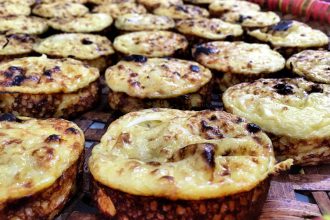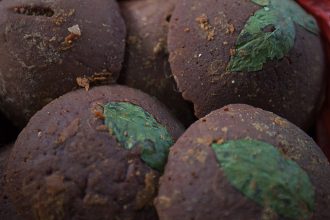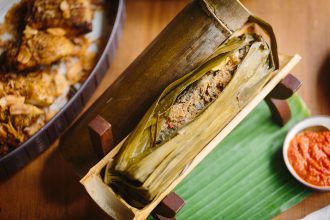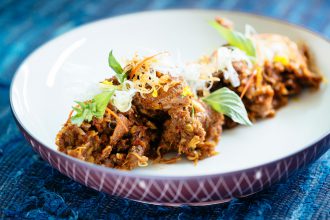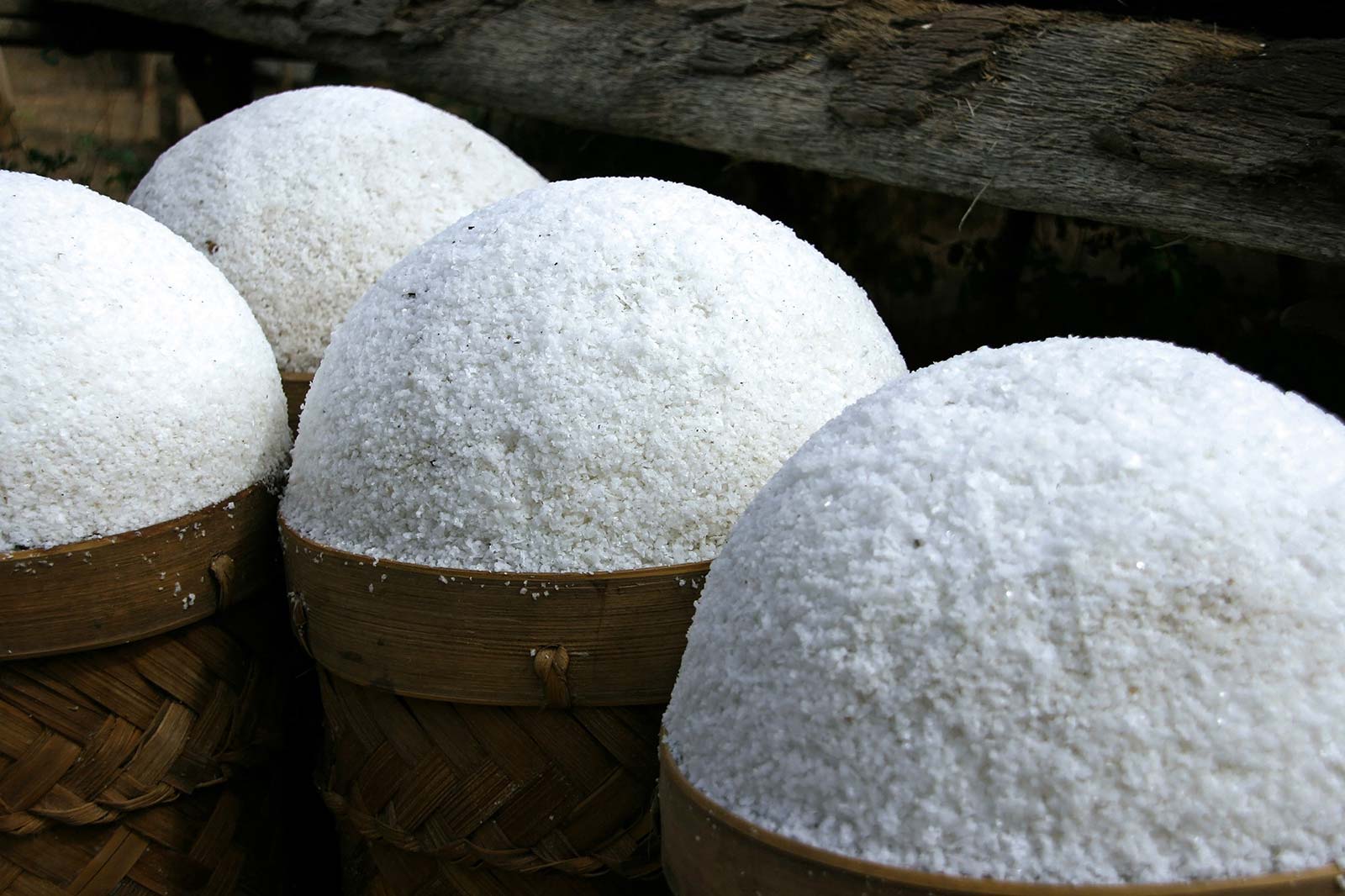
“Nothing is more necessary than salt and sun.” – Isidore of Seville
Salt, as a rich source of minerals, has been recognised since 8000 years ago when the Romanians began extracting salt crystals from natural springs. Since then, its fundamental value has been recognised in many ways all over the world. In ancient times, salt was used in Egyptian religious offerings and during the late Roman Empire it was a highly valued commodity used for trading. Interestingly, the word “salary” originated from the Latin word “salarium,” which links to the story of Roman soldiers receiving their wages in salt.
Salt occurs everywhere, but it is only harvested from the sea and the soil. One of the most well known techniques to harvest salt is by utilising sunlight to aid the evaporation of sea water to produce salt crystals. Warm seas, which evaporate more rapidly, are saltier than colder seas. So sunlight (or the intensity of it) and water are integral to determining the flavour and intensity of sea salt.
Indonesia, which has the second longest coastal area in the world after Canada, produces many variations of salt, each with its own character. Many of the archipelago’s indigenous tribes still use traditional techniques to harvest salt, from both the sea and the soil. The variety of techniques used retain deep rooted philosophies of craftsmanship and pay the utmost respect to Mother Nature and the environment. You can still find salt farmers using one such traditional technique in Bali.
In the past, there were a lot of salt farmers operating along the coastline of Bali but now only a few remain. Massive tourism development and a generally undervalued price of labour have taken their toll, leaving many of these traditional salt farmers barely able to support their family.
At Kaum, we are committed to supporting Indonesia’s indigenous communities and helping them to maintain their agricultural traditions, simply by having their amazing products in our kitchen and revealing their inspiring stories to the world. Since salt is a fundamental part of our basic flavour profile, we strive to explore the whole spectrum of saltiness and match this with our menu.
We are honoured to be able to work closely with 32 salt farmers from Amed in Karangasem, Bali. We have learned much from these responsible producers and the way they preserve the legacy of Bali’s agricultural traditions. Amed sea salt is scientifically proven to have a high level of purity and is free from any metal contamination. The sea salt farmers of Amed still use split, aged coconut trunks in which to evaporate sea water, an all-natural method which adds to the purity of taste and avoids the trace of bitterness that usually occurs from using tarpaulin. Amed sea salt is parallel in quality to French Guérande salt as both varieties have obtained the international certificate of Geographical Indication, an accreditation that reflects the quality, origin and natural processing treatment of a product.
In addition to the great taste and high level of purity of Amed sea salt, we believe that the traditional production philosophy of Amed’s sea salt farmers holds great potential to create an exemplary model for many future generations, showing them how to weave a sophisticated indigenous wisdom into their way of life.
CONTINUE THE JOURNEY
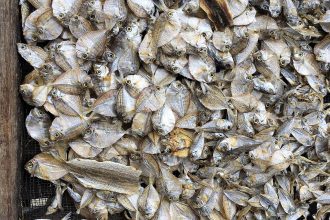
For many Indonesians, salted fish is one of life’s simple pleasures. We are perfectly content enjoying steamed rice, salted fish and a fiery sambal (chilli relish), devouring all with our right hand. Happiness is purely simple for most Indonesians!
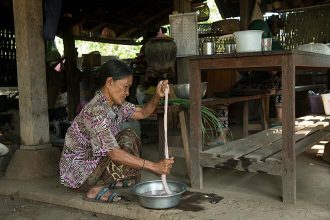
Singaraja totally captivates us…”
Lisa Virgiano is brimming with enthusiasm for the local produce she and the Kaum culinary collective have discovered in Bali’s oldest port.
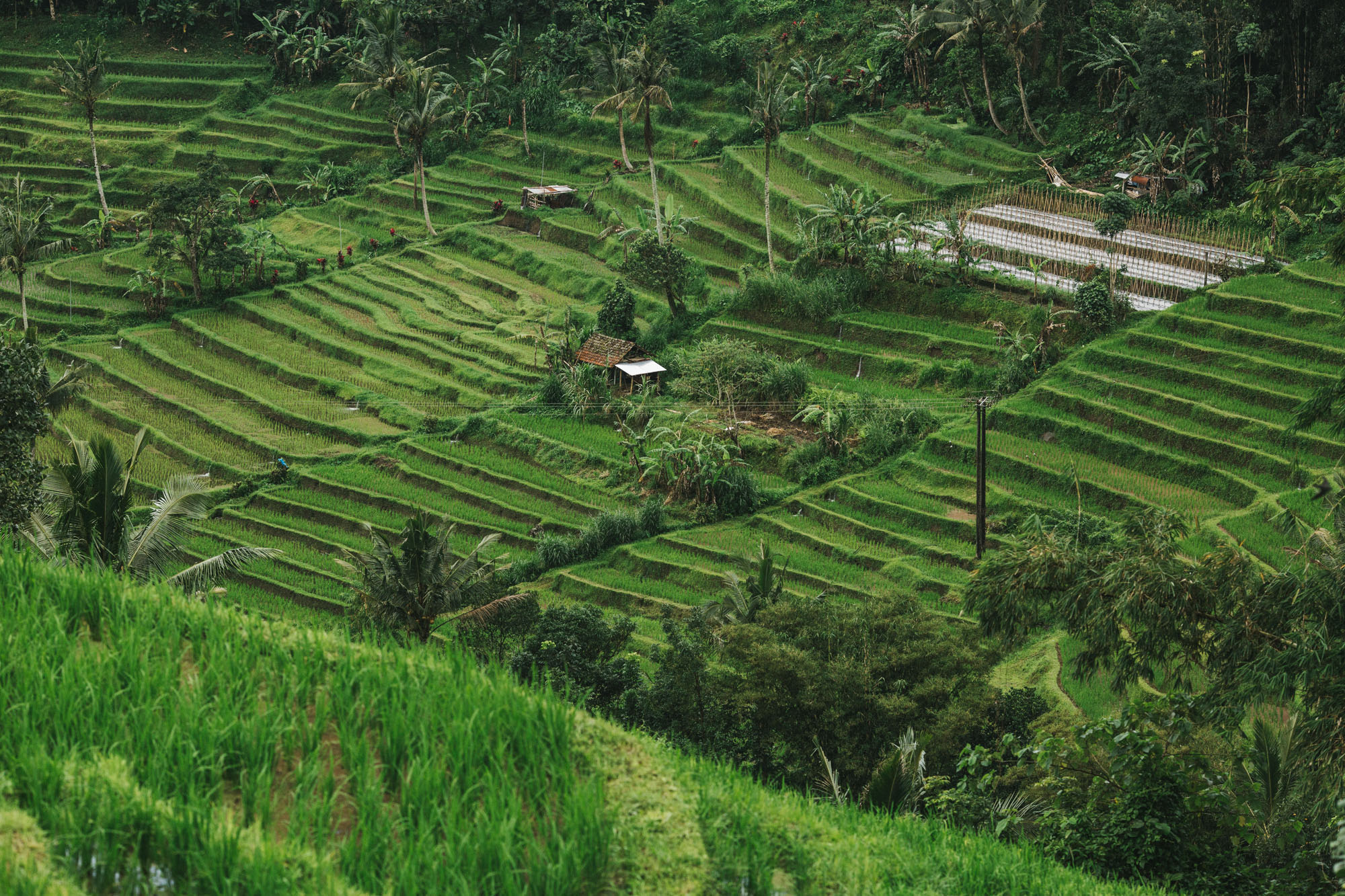
Rice is an essential commodity in Indonesia. Nowadays, most Indonesians think of rice not only as an indispensible component to any meal, but also as a kind of “sacred” staple. But has this forever been the case? Have Indonesians always consumed rice as part of their daily diet?
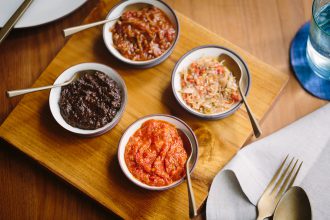
Chilli relish (sambal) is an imperative Indonesian condiment, served with almost every Indonesian dish. It arouses the appetite, ignites the senses, and complements the taste.
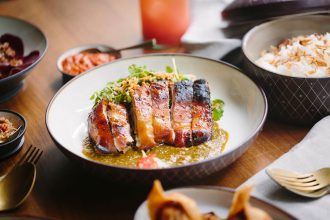
Bali has been part of the Asian trading network since the 15th century. Traders from Java brought rice and salt which could later be exchanged for cash crops, including pepper from Sumatra, spices from the Moluccas, and cotton from Bali.
